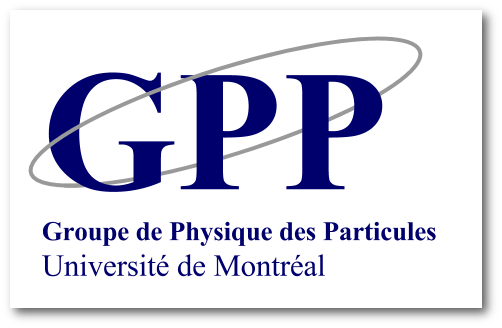Vous êtes ici
Probing extended Higgs sector through b → s µ+ µ- transitions
Even a direct observation of a Higgs particle at the LHC will not suffice to tell us whether it is the standard model (SM) Higgs or not. An understanding of possible scalar/pseudoscalar new physics (SPNP) interactions through indirect means is therefore extremely crucial. We study the decays B→ K µ+ µ- and B_s → µ+ µ-assuming only SPNP. We show that any large deviation in Br(B → K µ+ µ-) from its SM prediction is not possible. Also, the maximum possible forward backward asymmetry of muons in B → K µ+ µ- allowed by the present upper bound on Br(B_s → µ+ µ-) is about 1% and hence will be very difficult to measure. On the other hand, Br(B_s → µ+ µ-) fails to put any constraints on longitudinal polarization asymmetry (ALP) in B_s → µ+ µ- which can be as high as 100% even if Br(B_s → µ+ µ-) is close to its SM prediction. The measurement of ALP will be a direct evidence for an extended Higgs sector, and combined with the branching ratio it can even separate the new physics scalar and pseudoscalar contributions.

C.P. 6128, Succ. Centre-ville,
Montréal, QC H3C 3J7
Canada
Tél : 514-343-5607
Fax : 514-343-7357 gppweb[at]lps.umontreal.ca
